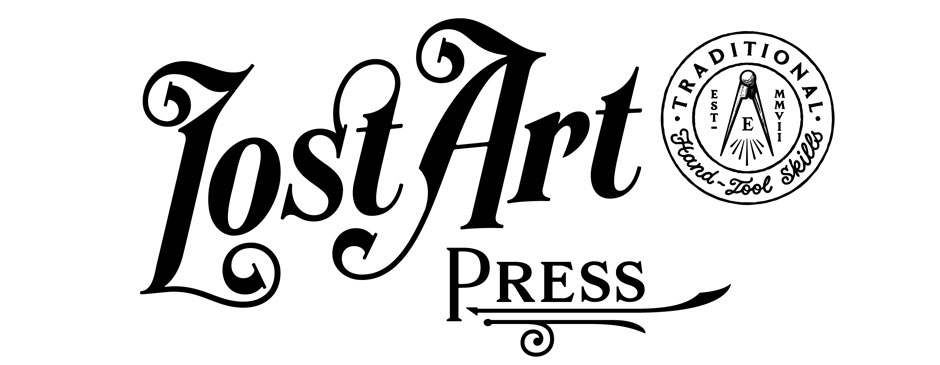
This large but airy Windsor is a reproduction of a circa 1735 example that may be the earliest recorded Windsor chair. It’s unlike any British Windsor I’ve seen before, with simple turned strut legs, a fully carved seat (even underneath) and a comb that’s shaped like an entablature.
I’m selling this chair via silent auction; details are below. The bidding price includes crating and shipping to anywhere in the continental U.S. But first, some details on the chair.

The single-board seat is 24” x 16”, making it 25 percent wider than my stick chairs. The honey locust seat is carved out with an adze, scorp and travisher to a remarkable 1-1/2” depth. Then the underside of the seat is also fully carved, even below the pommel, to create the illusion of a very thin seat.
The legs are red oak and have dead-straight grain for strength. The tenons are larger than normal to make the joints more durable. All the joints in the chair are glued with animal glue (which is reversible for repairs) and wedged with hickory.
Above the seat, the arm is red oak and steam-bent, allowing it to be quite thin. The sticks are just under 1/2” in diameter and are made of dead-straight red elm so they are flexible and strong.

And the comb is red oak and decorated with a bead that is scratched in by hand.
The chair is set up for all-around use, and is comfortable for dining, keyboarding and reading by the fire. The seat is 17” high (measured from the pommel). But I am happy to cut it down to accommodate shorter sitters.
Like all my chairs, all the parts are shaped and fitted using hand tools. That means the surfaces are smooth where they contact the body and a bit coarse on the underside. This is how these chairs were made, it’s how they have always looked and it would be odd to sand the secondary surfaces to a mirror.

The chair is finished with soft wax, a safe and chair-friendly finish. It looks better with age and is easily repaired in the future by adding some additional soft wax.
All in all, this is a remarkable chair – comfortable, lightweight and pleasant to look at.
How to Buy the Chair
I’m selling this chair via a silent auction with the minimum bid being $500. The price you bid will include everything – shipping and crating to anywhere in the lower 48. If you wish to buy the chair, send an email to lapdrawing@lostartpress.com before 3 p.m. (Eastern) on Friday, December 12. Please use the subject line: “Lincolnshire chair.” In the email please include:
- Your bid
- U.S. shipping address
- Daytime phone number (this is for the trucking quote only)
If you are the highest bidder, the chair will be shipped to your door. The price includes the crate and all shipping charges. There are no additional charges. Alternatively, the chair can be picked up at our storefront. (I’m sorry but the chair cannot be shipped outside the U.S.)
Note: Plans and patterns for this chair will be in The Stick Chair Journal No. 3, which will be out in January 2026.
























